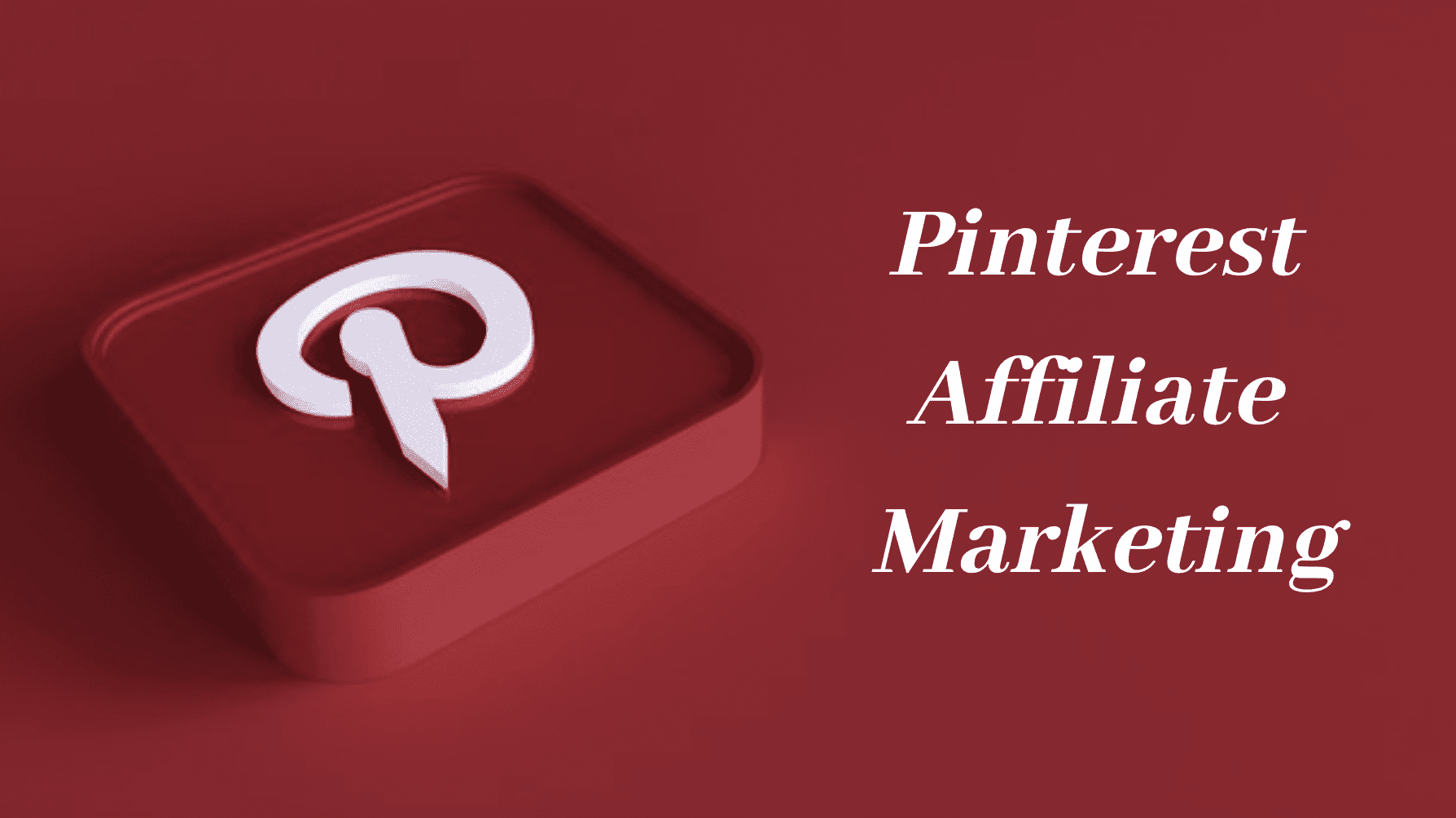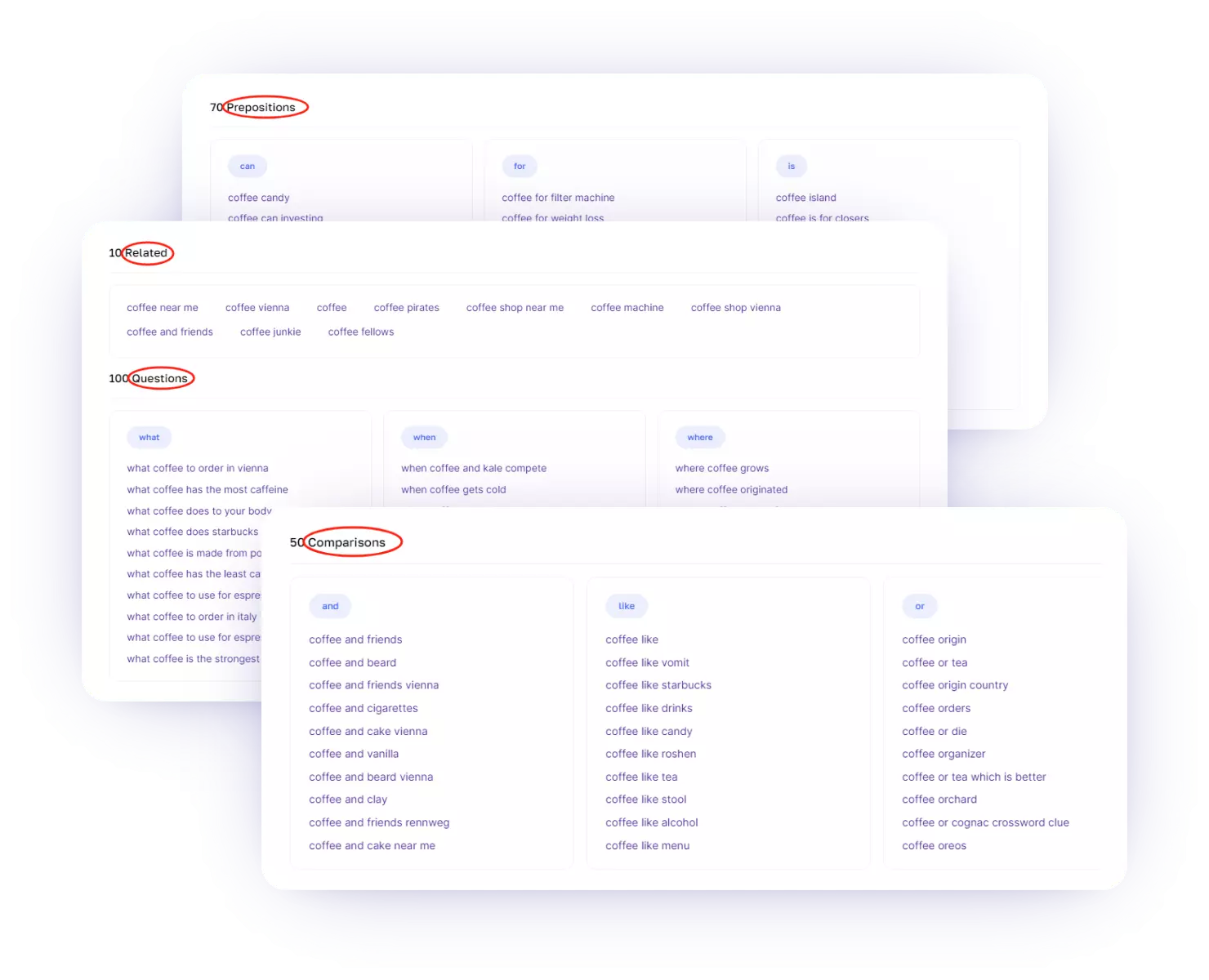
Looking for how to do affiliate marketing on Pinterest? Then you have come to the right place.
Affiliate marketing has become a powerful avenue for individuals and businesses to generate passive income. With its vast user base and visual appeal, Pinterest has emerged as a valuable platform for affiliate marketers.
In this comprehensive guide, we'll explain the strategies and tactics that will help you unlock the full potential of affiliate marketing on Pinterest.
What is Pinterest?
Pinterest is a visual discovery and bookmarking platform that allows users to find and save ideas for various interests.
Users create virtual pinboards to curate images and content related to their passions, making it an ideal platform for affiliate marketers to showcase products and earn commissions.
How to Do Affiliate Marketing on Pinterest?
Here is a step-by-step guide on starting affiliate marketing on Pinterest.
1. Create a Business Account
The first step to harnessing Pinterest for affiliate marketing is setting up a business account. This grants you access to Pinterest Analytics and additional features that enhance your marketing efforts.
2. Optimize Your Profile
Craft a compelling profile that communicates your niche and interests. Use a professional profile picture, write a concise and engaging bio, and include a link to your website or a landing page.
3. Identify Your Niche
Successful affiliate marketing on Pinterest requires a targeted approach. Identify a niche that aligns with your interests and has a substantial audience on the platform. This will help you tailor your content to a specific demographic.
Keywords Niche can help to find your top competitors and find a niche to engage in.

4. Select Relevant Affiliate Programs
Choose affiliate programs that resonate with your niche and Pinterest audience. Look for products or services that align with popular trends and have a visual appeal. Promote products you genuinely believe in, as authenticity is key to building trust.
5. Create Boards and Pins
Expanding your influence on Pinterest necessitates the generation and dissemination of top-notch pins.
A key strategy involves structuring your pins into thematic boards, and grouping those with common themes. This organizational approach serves to enhance navigation for both you and your audience.
Consider travel bloggers and affiliate marketers as an illustration. They can establish distinct pinboards tailored to various destinations.
Consequently, users interested in a specific location can conveniently peruse all relevant posts and promotional offers within that particular board, streamlining their exploration rather than sifting through your pins one by one.
6. Implement SEO Strategies
Pinterest operates as a search engine, so optimizing your content for search is crucial.
Use keyword-rich descriptions, titles, and hashtags to increase the visibility of your pins. Use Keywords Generate tool to research trending keywords within your niche for optimal results.

7. Strategic Pinning Schedule
Pin consistently to keep your audience engaged. Utilize Pinterest Analytics to identify peak times when your audience is most active. Experiment with different posting schedules to determine what works best for your niche.
8. Leverage Group Boards
Join and participate in relevant group boards within your niche. This expands your reach and exposes your content to a broader audience. Ensure that you follow the group's rules and contribute valuable content.
9. Engage with Your Audience
Actively engage with your followers by responding to comments, asking questions, and encouraging user-generated content. Building a sense of community around your niche enhances trust and loyalty.
10. Track and Analyze Performance
Regularly monitor the performance of your affiliate marketing efforts on Pinterest. Track click-through rates, engagement, and conversion metrics using Pinterest Analytics. Use this data to refine your strategy and optimize for better results.
Why Use Pinterest to Promote Your Affiliate Links?
If your goal is to thrive as an affiliate marketer and maximize your earnings, it's advisable to focus on expanding your online footprint through Pinterest.
This platform stands out as both a visually oriented social network and an image-centric search engine.
Here are some advantages that underscore Pinterest's appeal for affiliate marketers:
1. Impressive User Base: Pinterest boasts a substantial and continuously expanding user base, with 445 million monthly active users, making it a dynamic environment for potential engagement and conversions.
2. Steady Revenue Growth: The platform's global annual revenue has consistently increased, reaching a noteworthy USD 877 million in 2022. This financial stability indicates a thriving ecosystem for businesses and marketers.
3. Global Audience Presence: Pinterest enjoys widespread popularity, with its largest audiences concentrated in the United States, Brazil, Mexico, and Germany, providing diverse market opportunities for affiliate marketers.
4. Demographic Appeal: Particularly resonating with women aged 25 to 34, Pinterest's demographic focus aligns with numerous niches, creating tailored avenues for marketers to connect with their target audience.
5. Substantial Traffic Generation: Pinterest is a major driver of online traffic, amassing an impressive 1.1 billion visits in 2021. This high level of engagement is conducive to increased visibility for affiliate marketing campaigns.
6. Social Referral Dominance: The platform receives a significant portion of its social referral traffic from leading platforms like YouTube and Facebook, indicating a seamless integration with other popular online spaces.
7. Monthly Usage Preferences: A noteworthy statistic reveals that the majority of Pinterest users prefer a monthly engagement frequency, with only 19% accessing the platform daily. This allows for strategic planning and content dissemination.
8. External Linking Opportunities: Pinterest's unique feature of permitting external linking from pins offers affiliate marketers the ability to drive traffic directly to blog posts, landing pages, videos, and other external platforms, maximizing the potential for conversions.
9. Popular Niche Domains: Pinterest excels in specific niche categories, including lifestyle, travel, DIY, fashion, recipes, and more. For affiliate marketers promoting products and brands in visually-centric sectors, Pinterest provides an ideal environment to enhance sales and visibility.
Conclusion: How to Do Affiliate Marketing on Pinterest
Mastering affiliate marketing on Pinterest requires a strategic approach, creativity, and ongoing optimization.
By understanding the platform, identifying your niche, and consistently delivering valuable content, you can turn your Pinterest presence into a lucrative affiliate marketing channel.
Stay attuned to trends, adapt your strategy accordingly, and watch as your efforts translate into sustainable passive income through affiliate marketing on Pinterest.
Read More: Is Affiliate Marketing Legit?

